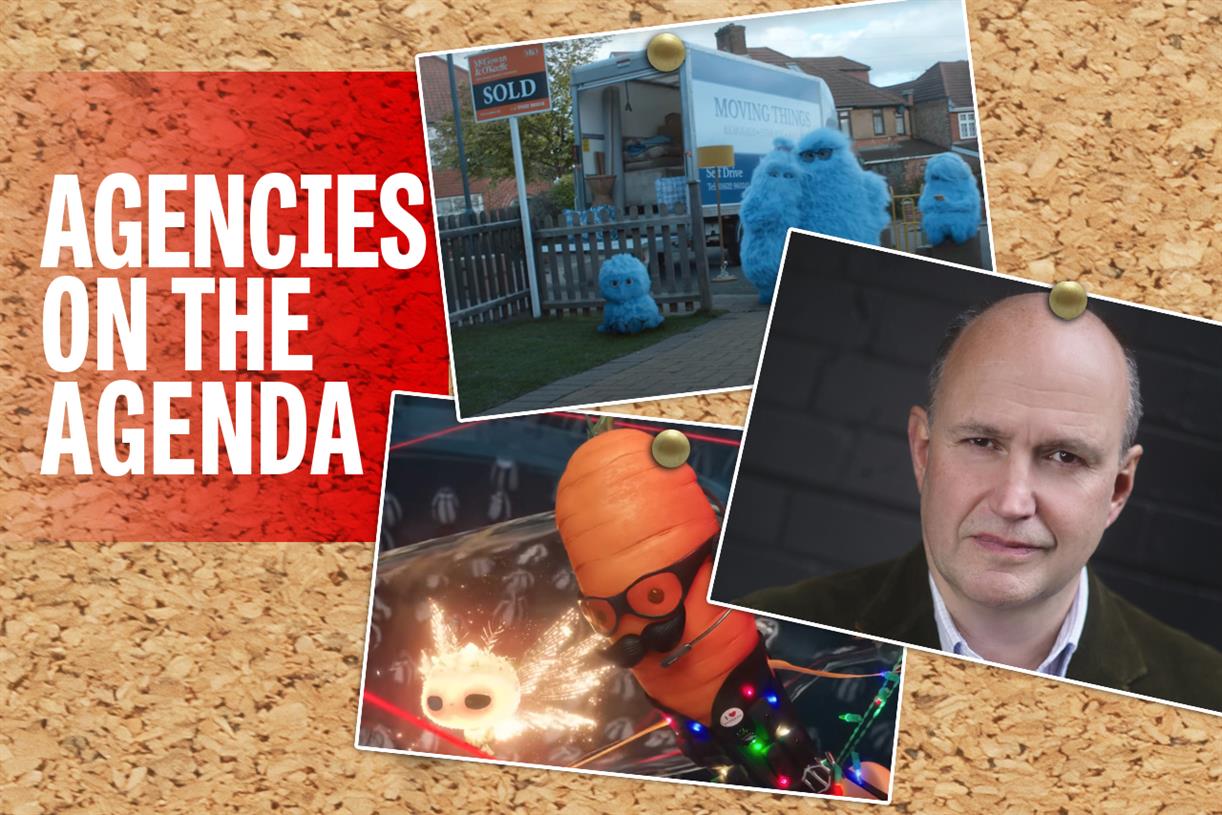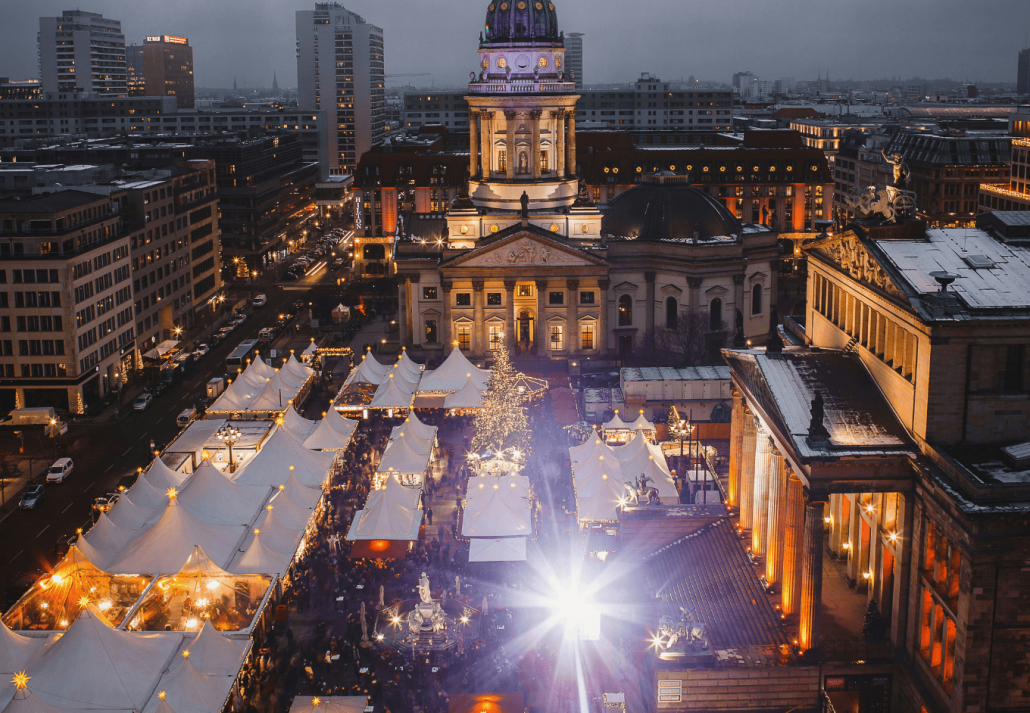How brands are approaching DE&I in influencer marketing
More pricing transparency is still needed and brands need to learn how to better trust creators.

Influencer marketing budgets have ballooned in recent months, with brands from Disney to MLB investing heavily in developing creators. This push to build creator bases come as marketers continue efforts to foster more diversity, equity and inclusion in their advertising, and in some cases, are being looked upon as a place for brands to more rapidly reach these goals.
“I think it's palpable, even with legacy brands,” Regi Cash, CEO of 3BlackDot, a marketing agency, said regarding representation in social media marketing “They’ll say that they know they’re brand has been supported by the Black community and they want to acknowledge that.”
According to Influential, an influencer marketing firm whose clients include the NFL and PepsiCo, found in its first diversity audit that 90% of its campaigns last year included at least one diverse creator, nearly 50% had a majority of diverse creators, and about 20% exclusively used diverse creators.
Of course, on-screen representation is just one part of DE&I pledges, and even what constitutes a creator being "diverse" is unclear (for the purposes of Influential's audit diverse was defined as race and ethnicity, disability, LGBTQ+ and veteran status). There are also still significant gaps and a lack of transparency in pay equity. But it appears that influencer marketing is moving faster than other areas of marketing when it comes to brands hitting DE&I pledges.
Diversity pledges
Following the killing of George Floyd at the hands of police officers in May 2020, brands pledged to allocate more of their advertising budgets towards minority-owned media. That push coincided with the boom in popularity for apps like TikTok and Snapchat, which have helped brands amid the pandemic connect more directly to customers
In some cases, they have also served as a place for marketers to shift ad dollars that were allocated for minority-owned media channels.
Logitech was initially drawn to TikTok after learning of Black creators speaking out for not being credited as the choreographers of the app’s most viral dances. The company started the campaign #Creators4BIPOC to spotlight the challenges these creators face in getting credit for their work. The brand partnered with choreographer JaQuel Knight, who identified 10 choreographers of color on TikTok. Logitech then helped these choreographers copyright their moves, a big step in gaining credit and revenue for their work.
Logitech declined to share metrics around diversity goals, or the percentage of its creators who identify as Black.
But Meridith Rojas, Logitech's global head of entertainment and creator marketing, said it has not been difficult to find diverse talent on platforms like TikTok and Twitter. “I don't think there’s a lack of diversity in the upper echelons of these platforms,” she said. “If brands don’t see that, maybe they aren’t connected to the social conversation.”
Eos skincare has seen its diversity metrics grow. Before the pandemic, the company set a goal to have at least half of their creators be representative of diverse groups, and at least a third of their creators identify as Black. Now, over 60% of Eos’ influencers are people of color and over 30% are Black, according to Eos Chief Marketing Officer Soyoung Kang.
Omnicom Media Group launched its Diverse Content Creators Network last spring in an effort to help connect brands with thousands of diverse content creators across platforms, many with millions of followers. Since then, it has worked with creators including Tiara Willis, who was featured in a Burt’s Bees Twitter campaign; Chef Aaron Sanchez; Latinx beauty expert Desi Perkins; and YouTuber Marques Brownlee. And its also working to help get creators certified to build a database of certified creators.
"With the DCN, we were able to pivot conversation from upfront pledges, to us supporting diverse voices and creators long-term. How do we generate more revenue for these creators?" said Michael Roca, managing director, DE&I investment, Omnicom.
American Eagle, Aerie, Samsung, Gatorade and McDonald’s, all of which have invested heavily in influencer marketing efforts over the past year, declined to make executives available for this story. Disney and Walmart did not respond to requests for comment.
The MLB, which also recently erected a so-called creator class, was unable to provide diversity metrics for the class because it did not ask for participants to self-identify their race or ethnicity.
“Consumers expect to see diversity within brands, especially Gen Z’ers and millennials,” said Latarria Coy, head of ethical media at Influential. “Every brand is in a different place in their journey, some more evolved than others.”
Pay (Dis)parity
Abercrombie & Fitch, which has heavily invested in social media in recent months as a way to discover talent in recent months, declined to provide diversity stats, but did say that the brand has minimum pay rates for creators to ensure they are fairly compensated, even if they have smaller followings. They declined to provide exact figures.
Pay equity across creators is a critical issue. There is no standard for what brands or creators should charge; rates vary depending on the type of content, number of posts and engagement rates.
Fair pay can be a vicious cycle, as creators of color will sometimes lowball themselves in brand pitches.“We find that BIPOC creators undervalue themselves, because that’s what they’ve been getting in the past,” said Evan Horowitz, co-founder and CEO of Movers+Shakers, a creative agency. In many cases, he has seen clients pay all creators the same rate, or at minimum, pay the creators above their original rate to be in line with white creator rates.
Logitech declined to share specifics around pay equity for creators. It also declined to provide details around creator pay, adding that everyone is “treated fairly.” “The influencer programs within the company are different,” said Rojas. “We aren’t asking for freebies, and we try to be fair based on the work that they do, their engagement, reach, and where they are in their career.”
Some Black creators are trying to change pay disparities by being transparent about their earnings. Daniel Muthama, a TikToker with 2.4 million followers who’s worked with Cash App and NBC’s streaming platform Peacock said he was often lowballed when he started posting content on TikTok. As his following grew, he began speaking with other creators to compare what they were making and helping to become more firm on rates.
“Now, I love reaching out to other creators and sharing what we get,” Muthama said. “It can help them realize they can ask for more.”
According to a report released earlier this year by Izea, a firm that collects influencer marketing data, the average earnings for influencers of all races and genders have increased over the past seven years. The report found that Asian American influencers made the most last year, charging an average of $2,972 for a sponsored post. Black creators came next, at an average of $2,456 for a sponsored post. White creators earned $2,169 on average and Hispanic creators made $2,139 per post. In 2021, 57% of sponsorships went to white influencers, down from 73% in 2015.
Creator trust
Several marketers who spoke to Ad Age noted that authenticity, for any influencer-brand relationship, is key. It might take time to find and cultivate, but can be beneficial for both creators and brands long-term.
“Just by checking a box of activating a certain type of creator, that authenticity won’t resonate,” said Krishna Subramanian, co-founder of influencer marketing platform Captiv8. “Creators will know it, and their audience will too.”
Some of the biggest issues center on how brands are working with Black creators, which TikToker Muthama said is often only during specific times of the year like Black History Month, or done because the brand has been called out for a lack of diversity.
“I think the relationship between Black creators and brands hasn’t progressed,” Muthama said. “It’s still performative. There’s a feeling of ‘We’ll work with you when it’s beneficial to us.’”
There also can be a lack of trust between brands and Black creators, said Laylo Qasim, a TikTok creator who posts about being Muslim, dance videos, and makeup tutorials to her 3.1 million followers. "A lot of the time brands want a specific script,” Qasim said. “But it doesn’t always sound like how we would speak. They think they know what people on the platform want to see.”
Rethinking follower counts
One thing brands can do to help diversify their pool of creators is rethink their approach to follower counts.
“There are other factors, and it varies by tier,” said Christine White, senior director and head of content and media and integrated marketing at Ulta Beauty. In general, she said Ulta looks for a 2.5% engagement rate on their primary platform and a view-to-follower ratio of 5%.
Ulta recently announced their 2022 Beauty Collective, which is made up of 84% BIPOC creators (32% of them are Black), up from last year’s 76% BIPOC (and 44% Black.)
“When we launched the Collective in 2020, we had a goal that 50% of our influencers would be BIPOC creators, and we’ve been fortunate to overachieve that,” said White.
For 7-Eleven, diversity, representation, engagement, audience demographics, cultural awareness and brand embodiment are all factors in selection, according to Marissa Jarratt, 7-Eleven’s chief marketing officer. “It is our goal to have a mix of partners in our influencer crew who accurately represent the diversity of our customer base,” Jarratt wrote in an email. “We also have a DE&I audit committee that audits and measures the representation of all marketing content we produce.”
For 2021, 75% of the brand’s “influencer crew” identified as BIPOC, and Jarratt said the company plans to increase influencer investment by threefold in 2022.
“It’s encouraging to see that brands are realizing that investing in these communities is good for their business,” said 3BlackDot's Cash. He adds that brands need to go beyond traditional algorithm metrics when working with BIPOC creators. Even though non-white creators may have higher CPMs, or the cost to reach 1,000 views, investing in them now will pay off later.
According to a 2021 study by MSL, a public relations firm, 41% of white influencers have over 50,000 followers, versus just 23% of Black creators. For those Black creators with over 50,000 followers, their earnings averaged upwards of $100,000 per year. The report also found that 77% of Black influencers fall into the category of nano and micro influencers (those with under 50,000 followers), compared to 59% of white influencers. Those Black creators made an average of $27,000 for the year.
But nano-influencers can be good testing grounds for targeting and often have highly engaged followings.
“Would you rather have a person reach a million people who don’t matter, or 100,000 who can make a cultural impact for your brand?” asked Ahmed Islam, co-founder and CEO of agency Ten35.
PacSun leaned into nano-influencers for its gender-neutral apparel line. Over the last two years, the company has committed to having 50% of its influencers identify as BIPOC across all social media platforms and in campaigns. In 2021, 24% of PacSun’s influencers identified as Black, 19% identified as Asian, 9% Hispanic, 4% “other” and 41% were white. In total 56% of creators identified as a person of color, and the other 44% identified as white. The company is aiming for 66% creators of color this year.
“We want our influencers to represent our customers,” said Brie Olson, PacSun’s president. “One way that we find talent is to look at our own followers, or who’s tagging us. That’s the start of a genuine connection.”

 AbJimroe
AbJimroe 
































